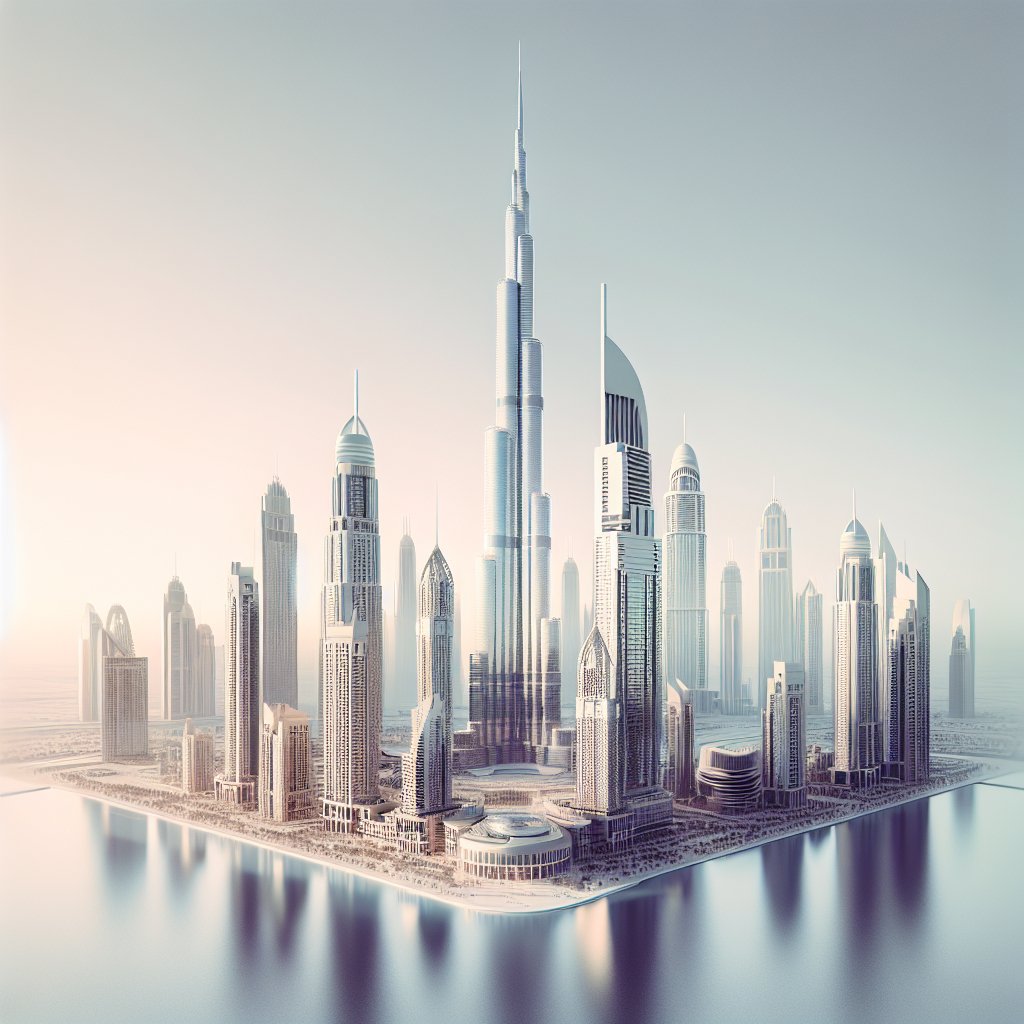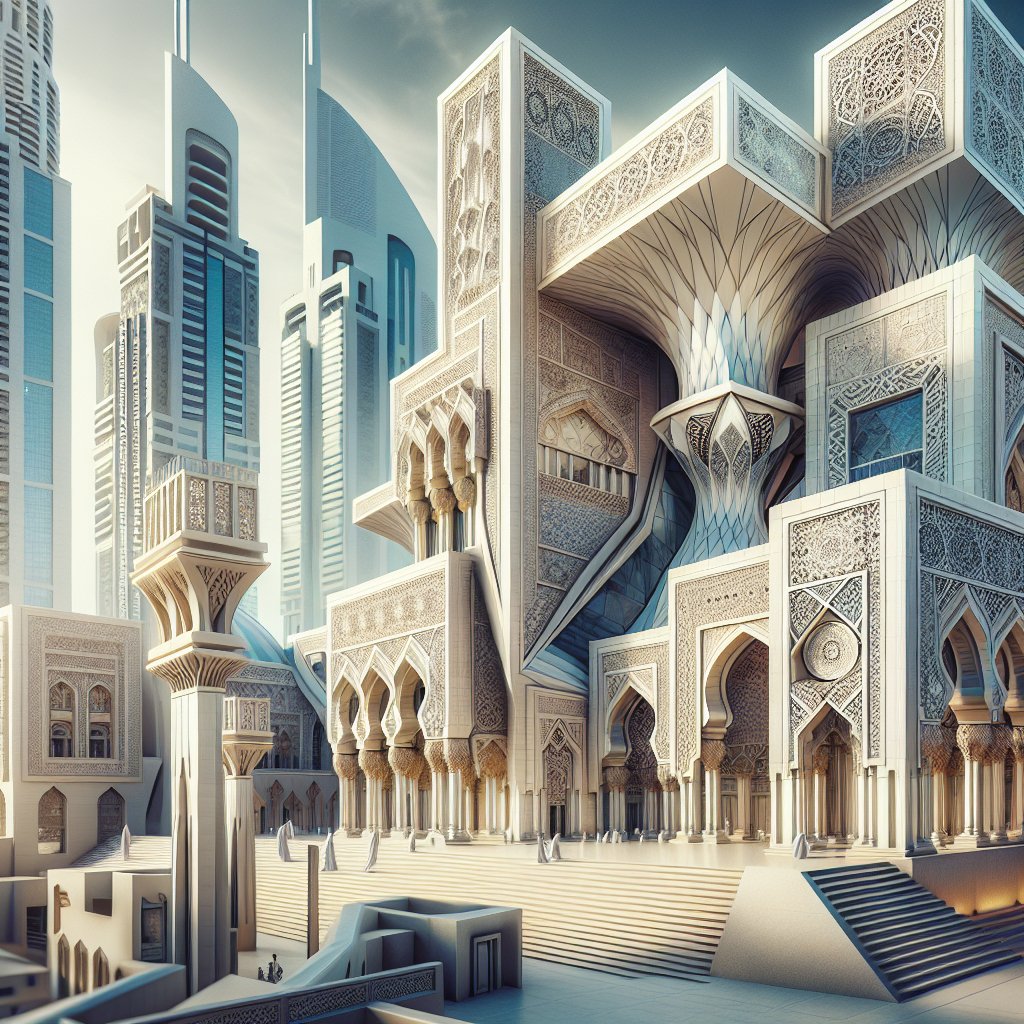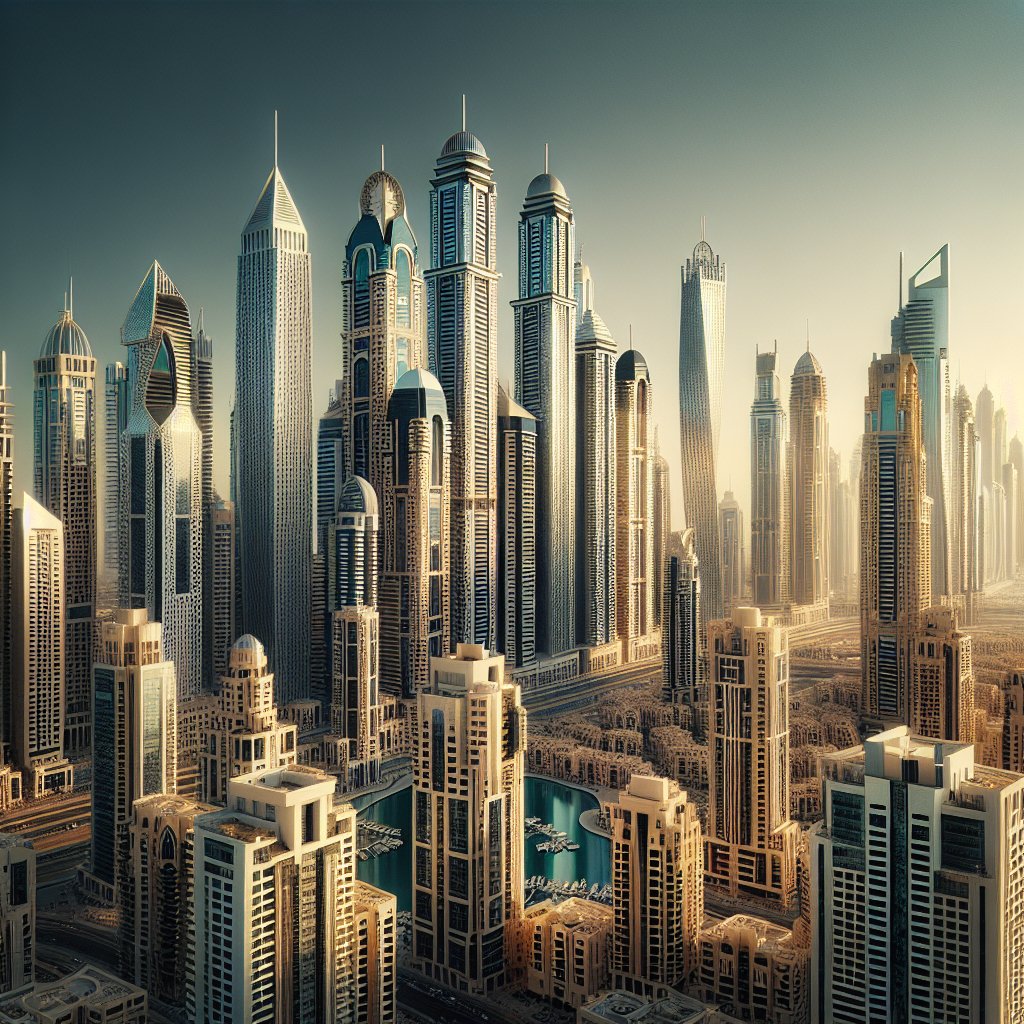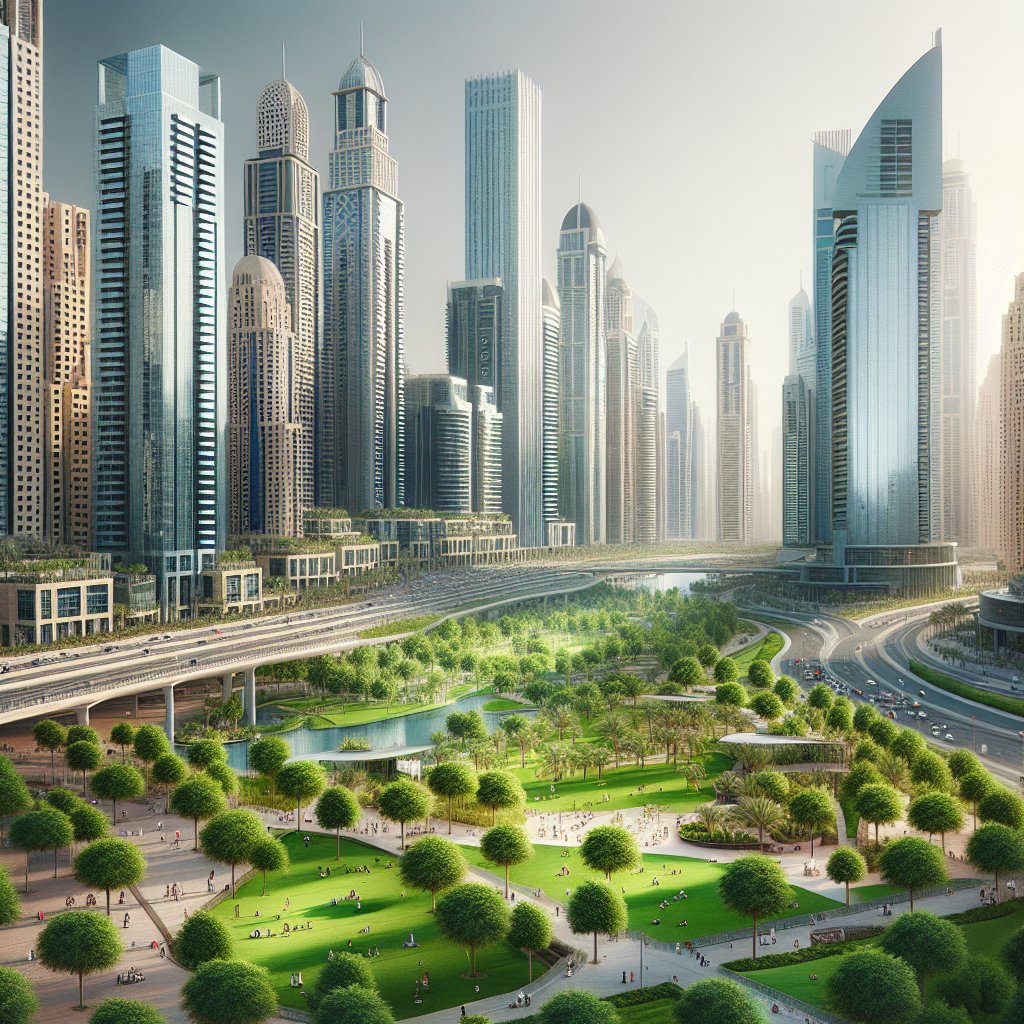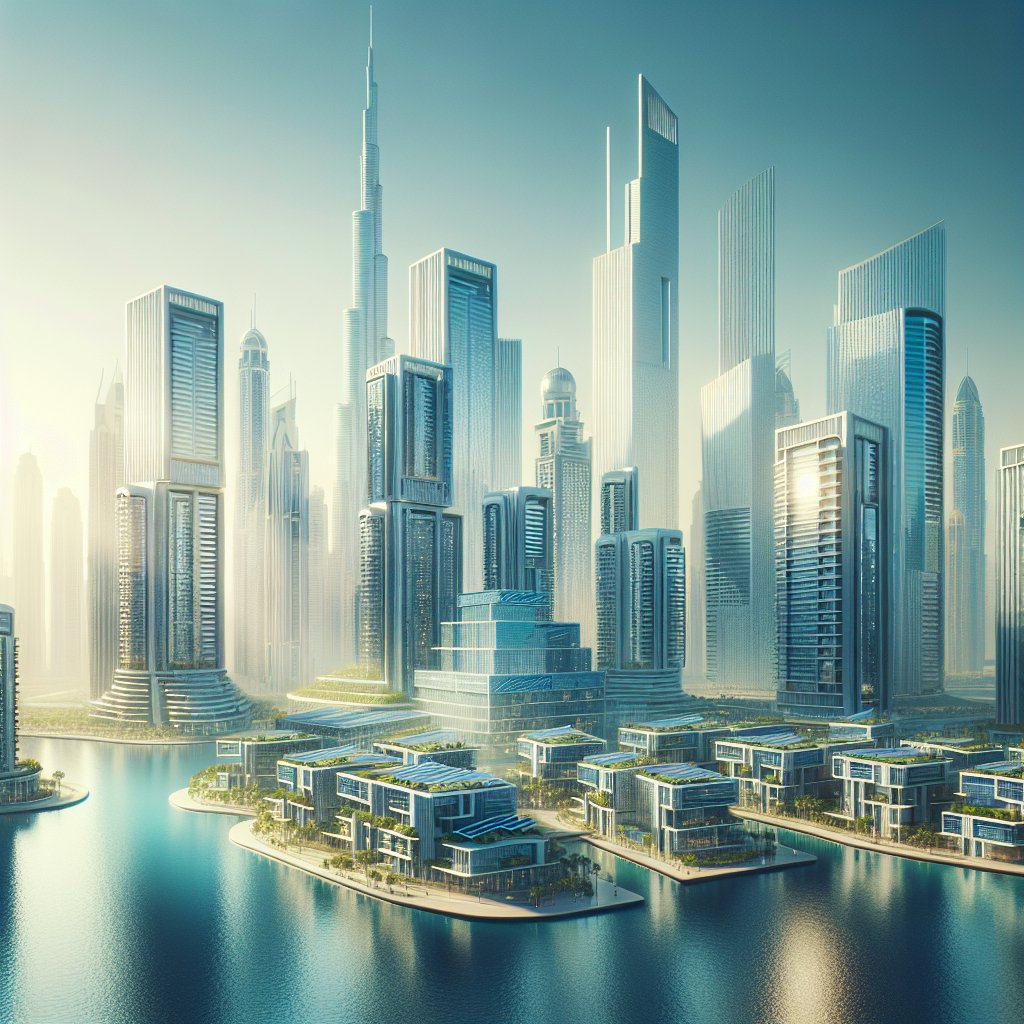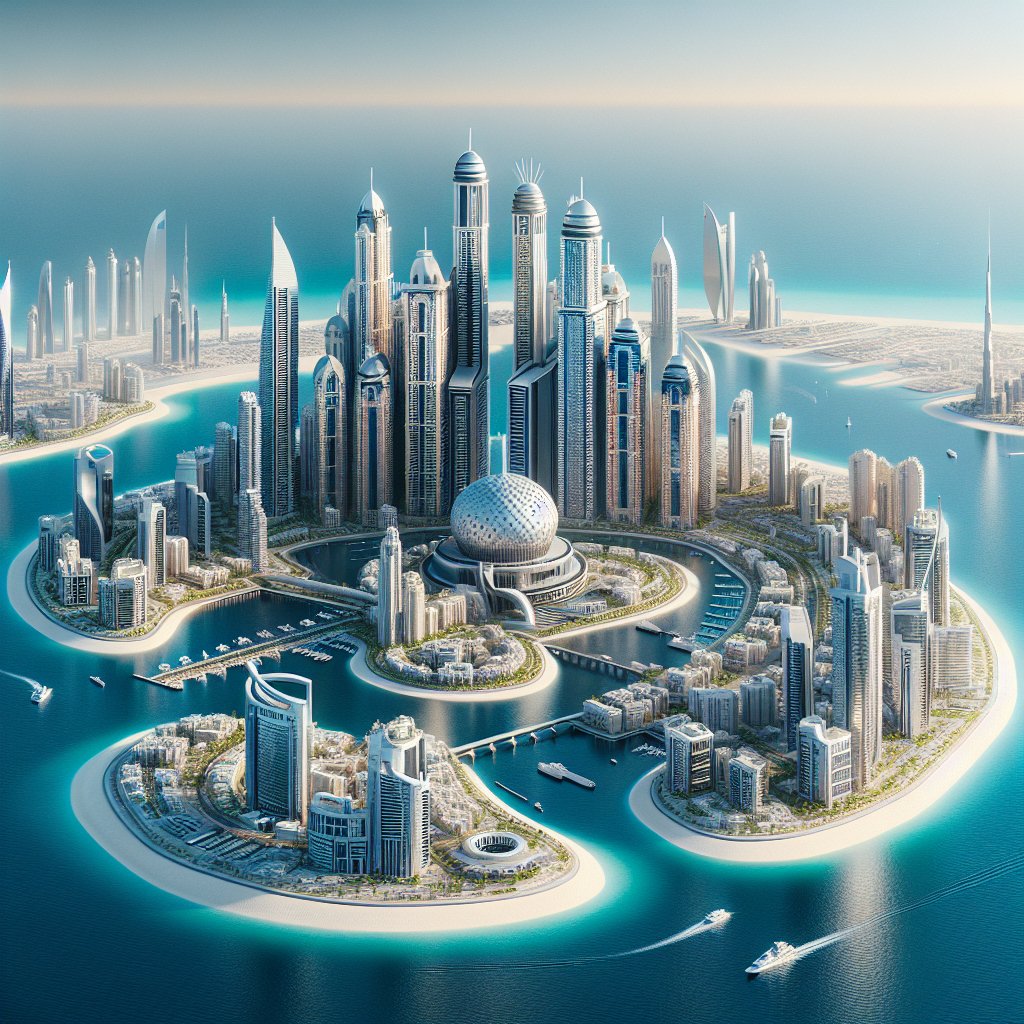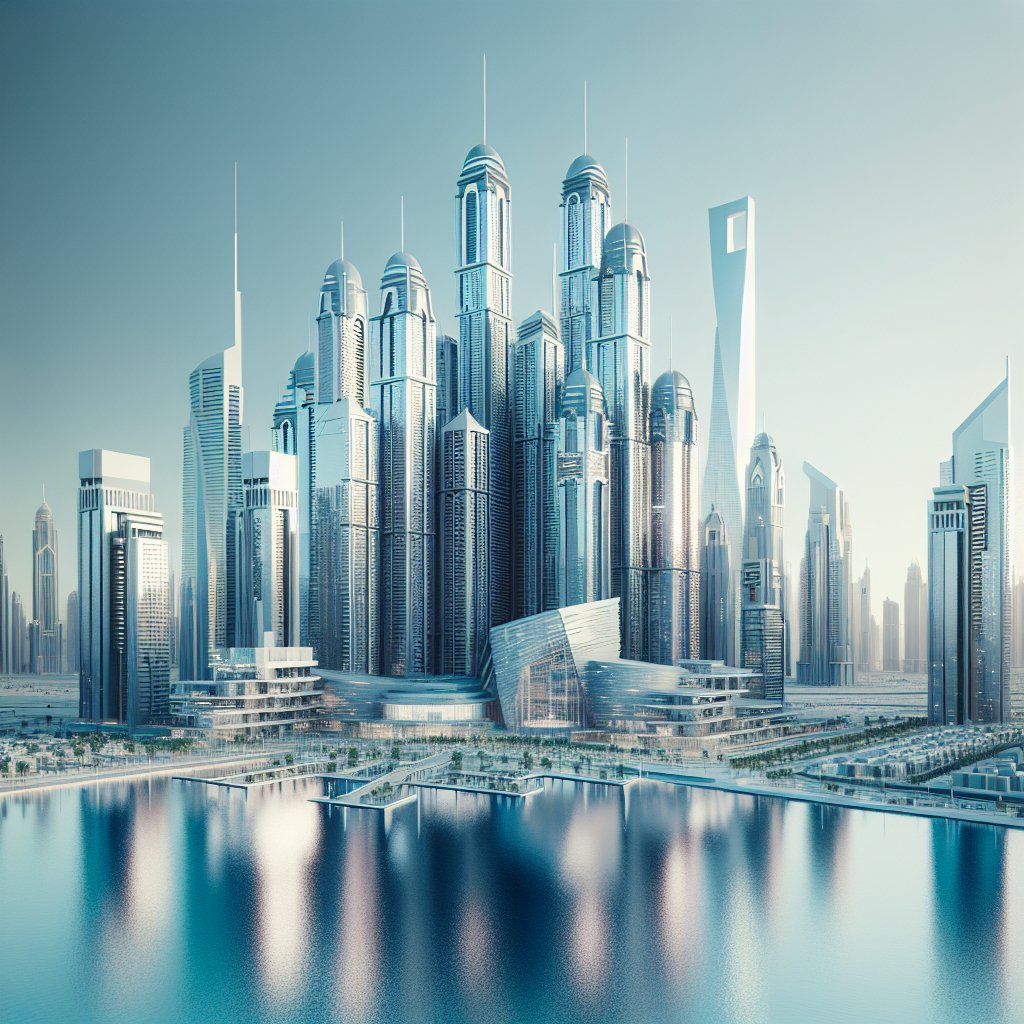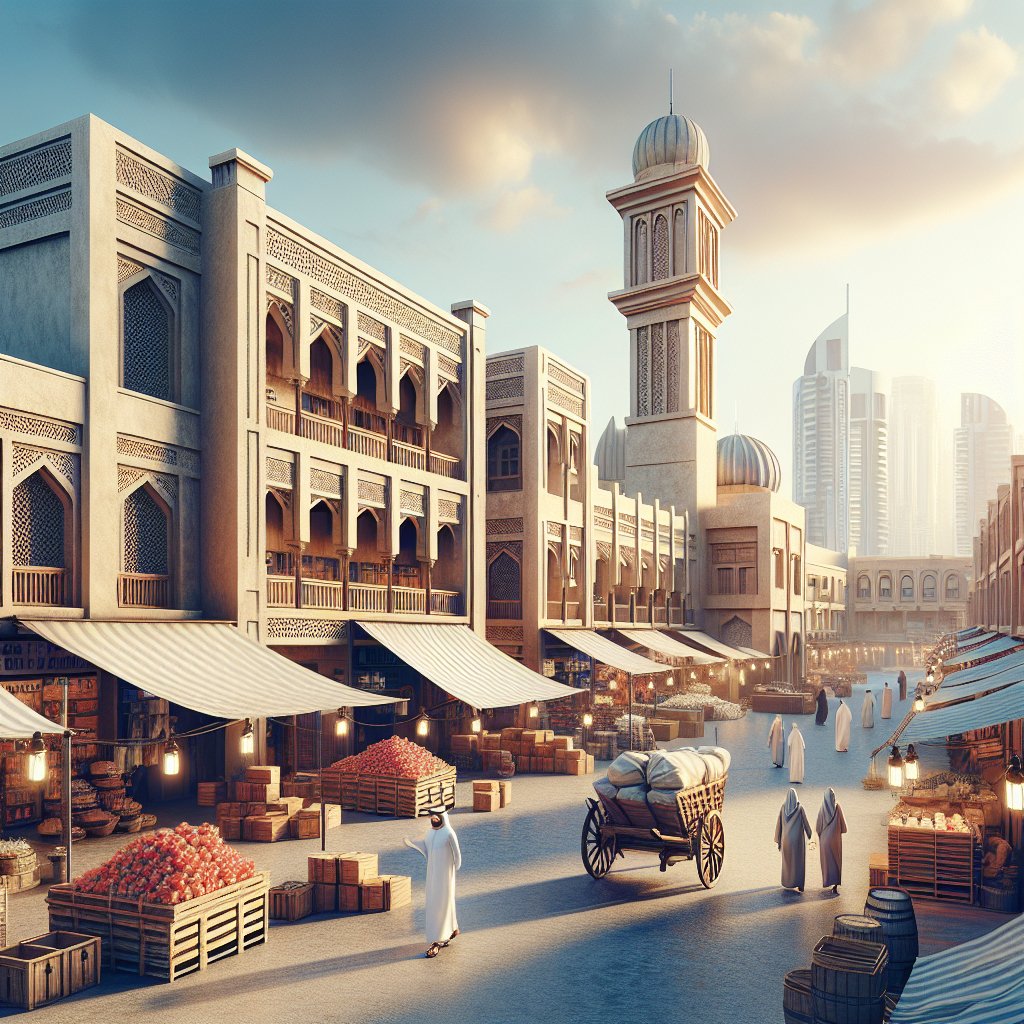The Burj Khalifa, standing as the tallest building in the world, has significantly influenced global skyscraper design. This architectural marvel in Dubai has not only redefined the skyline of the city but has also set new standards in engineering, design, and luxury living. Its impact is evident in the way modern skyscrapers are conceptualized and constructed around the globe.
Revolutionizing Architectural Design
The Burj Khalifa’s design is a testament to the innovative spirit of modern architecture. Designed by Adrian Smith of Skidmore, Owings & Merrill, the building’s form is inspired by the Hymenocallis flower, a regional desert flower known for its long petals extending from a central core. This design choice is not merely aesthetic; it serves a functional purpose by reducing wind forces on the tower, a critical consideration for a building of its height.
The Y-shaped tripartite floor geometry is another innovative feature that has influenced skyscraper design worldwide. This design maximizes views of the Arabian Gulf and provides a stable base to support the immense height of the structure. The use of setbacks at various levels also helps in reducing wind load, a technique that has been adopted by other skyscrapers aiming to reach similar heights.
Moreover, the Burj Khalifa’s use of advanced materials and construction techniques has set a benchmark for future projects. The building employs a high-performance exterior cladding system to withstand Dubai’s extreme temperatures, a feature that has been emulated in other skyscrapers in hot climates. The use of reinforced concrete and steel has also been optimized to ensure the building’s stability and longevity, influencing construction practices globally.
Engineering Marvel and Technological Advancements
The engineering feats achieved in the construction of the Burj Khalifa have pushed the boundaries of what is possible in skyscraper design. The building’s foundation is a marvel in itself, consisting of a large reinforced concrete mat supported by bored reinforced concrete piles. This foundation system is designed to support the immense weight of the tower and has influenced the design of foundations for other super-tall structures.
One of the most significant technological advancements associated with the Burj Khalifa is its vertical transportation system. The building is equipped with one of the fastest elevator systems in the world, capable of traveling at speeds of up to 10 meters per second. This system includes double-deck elevators, which have become a popular choice in other skyscrapers to efficiently manage the flow of people in and out of the building.
The Burj Khalifa also incorporates a state-of-the-art building management system that monitors and controls the building’s mechanical, electrical, and plumbing systems. This level of integration and automation has set a new standard for smart building technology, influencing the design of intelligent skyscrapers worldwide.
Impact on Urban Development and Luxury Living
The Burj Khalifa has not only influenced architectural and engineering practices but has also had a profound impact on urban development and luxury living. The tower is the centerpiece of Downtown Dubai, a mixed-use development that includes residential, commercial, and entertainment spaces. This model of integrating a super-tall skyscraper into a larger urban development has been replicated in cities around the world, promoting the concept of vertical cities.
The luxury living experience offered by the Burj Khalifa has set a new standard for high-end residential properties. The building features luxurious apartments, a hotel, and corporate suites, all offering breathtaking views and world-class amenities. This has influenced the design of luxury skyscrapers globally, where developers strive to offer unique living experiences that combine height, luxury, and exclusivity.
Furthermore, the Burj Khalifa has become a symbol of national pride and a major tourist attraction, drawing millions of visitors each year. Its success has encouraged other cities to invest in iconic skyscrapers as a means of boosting tourism and economic development, further cementing the building’s influence on global urban planning.
Conclusion
The Burj Khalifa’s influence on global skyscraper design is undeniable. Its innovative architectural design, engineering advancements, and impact on urban development have set new standards for what is possible in the realm of super-tall buildings. As cities around the world continue to grow and evolve, the lessons learned from the Burj Khalifa will undoubtedly shape the future of skyscraper design, pushing the boundaries of height, luxury, and sustainability.
